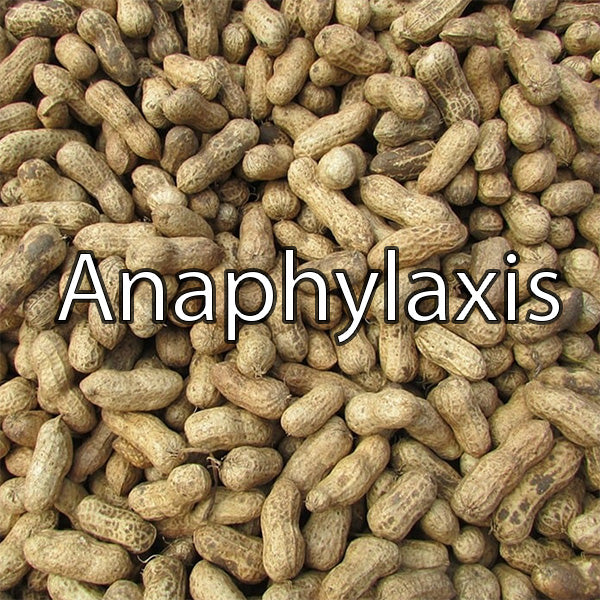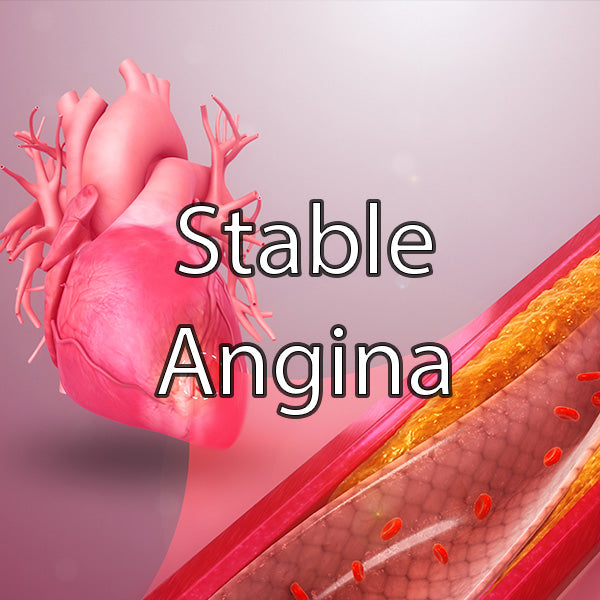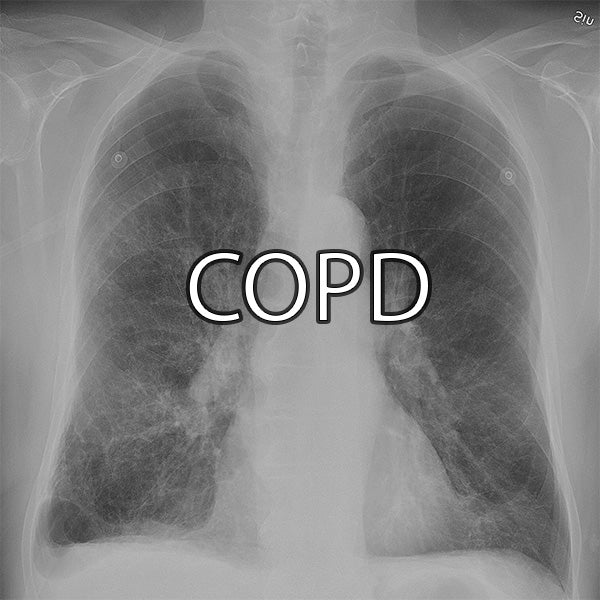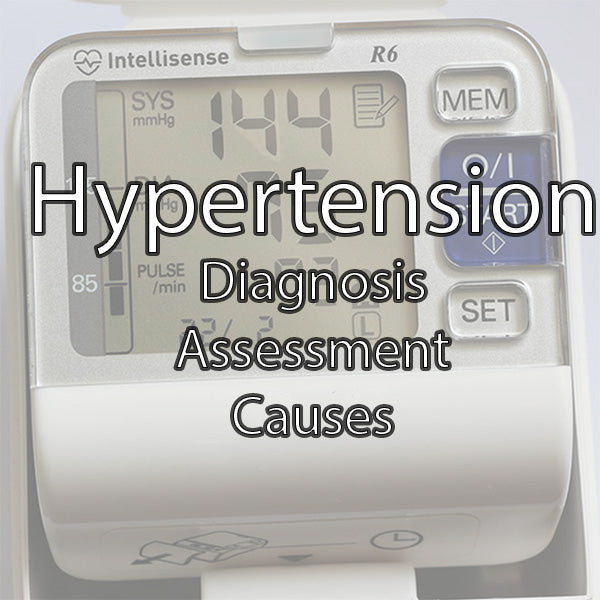Anaphylaxis

By Dr R Chhabria (SHO)
What is Anaphylaxis?
Anaphylaxis is a severe, life-threatening, generalised or systemic hypersensitivity reaction (Type 1 Hypersensitivity).
It is characterised by rapidly developing Airway and/or Breathing and/or Circulation problems, usually associated with skin and mucosal changes. Anaphylaxis is a medical emergency.
Anaphylaxis is often caused due to a known allergen, but not always.
Aetiology
Our immune system produces antibodies to defend against harmful foreign substances such as bacteria or viruses. When the immune system overreacts to a particular substance (allergen/trigger/precipitant), it sets off a chemical chain reaction leading to allergy symptoms or anaphylactic symptoms.
Most common allergens include:
- Medications: including some antibiotics (e.g. penicillin) and NSAIDs like aspirin
- Food: nuts (peanuts, walnuts), fish, milk, eggs
- Insect stings: bees, wasps, hornets (venom allergy)
- Materials: latex
In some cases, there's no obvious trigger. This is known as idiopathic anaphylaxis.
Risk Factors
Factors that increase the risk of anaphylaxis include:
- Females > males
- Pre-existing atopy/asthma
- In young people (under 30 years): Exercise-induced
- Previous mild/moderate allergic reactions
Pathogenesis
Type 1 Hypersensitivity Reaction - This is an IgE-mediated reaction.
Anaphylaxis typically develops over minutes to hours. Below are the stages:
- Sensitisation Stage: The allergen invades the body during the first exposure, leading to the production of IgE antibodies, which attach to mast cells in the body.
- Subsequent Response: Upon second exposure, the allergen combines with the IgE-attached mast cells, causing mast cell degranulation and the release of histamine.

Effects of histamine:
- Vasodilatation in blood vessels
- Bronchospasm (constriction of bronchi) in the respiratory system
- Secretion of acids in the gastrointestinal system
- Itching in the skin

Recognising anaphylaxis
You can recognise anaphylaxis based on:
- sudden onset and rapid progression of symptoms
- airway and/or breathing and/or circulation problems
- skin and/or mucosal changes (flushing, urticaria or angioedema) but these may be absent in up to 20% of cases

Symptoms develop rapidly and can include:
- Skin: Rash (urticaria), itching, flushing
- Respiratory: Wheeze, inspiratory stridor, bronchospasm, breathlessness
- Cardiovascular: Chest tightness, swelling of lips and tongue
- Gastrointestinal: Nausea, vomiting, abdominal pain, diarrhoea
- Central Nervous System: Anxiety, agitation, muscle weakness, sense of impending doom (Angor animi)
Assessment
Anaphylaxis assessment involves:
- Airway: Check for throat/tongue swelling, stridor, and hoarse voice
- Breathing: Look for wheeze (bronchospasm), cyanosis, respiratory distress, increased respiratory rate and hypoxia
- Circulation: Check for hypotension, tachycardia, and other signs of shock (pale and clammy)
- Disability: Assess for confusion and disorientation
- Exposure: Check for urticaria, conjunctivitis, abdominal issues, and monitor urine output - skin signs are often the first sign of allergic reaction and are present in over 80%!
Management
Adrenaline is the first-line treatment for anaphylaxis. Antihistamines and steroids are no longer recommended for management of anaphylaxis!
Give intramuscular (IM) adrenaline early (in the anterolateral thigh), for airway, breathing or circulation problems.
A single dose of IM adrenaline is well-tolerated and poses minimal risk to an individual having an allergic reaction. If in doubt, give IM adrenaline.
Management is as per RCUK Guidelines:

GIVE INTRAMUSCULAR ADRENALINE
Give Intramuscular (IM) adrenaline - administer to the anterolateral aspect of the thigh
Use adrenaline at 1mg/ml (1:1000) concentration.
| Adult and child >12 years | 500 micrograms IM (0.5ml) |
|---|---|
| Child 6 to 12 years | 300 micrograms IM (0.3ml) |
| Child 6 months to 6 years | 150 micrograms IM (0.15ml) |
| Child <6 months | 100 to 150 micrograms IM (0.1ml to 0.15ml) |
The above doses are for IM injection only.
Repeat IM adrenaline after 5 minutes if airway, breathing or circulation problems persist.
Where to administer:

REMOVE THE TRIGGER
- Stop any drug that could be causing an anaphylactic reaction - stop IV infusion and replace the cannula. Have they recently had any IV contrast for example?
- Remove the stinger after a bee sting. Early removal is more important than the method of removal.
- Removing the trigger for an anaphylactic reaction is not always possible so don't delay more definitive management if removal is not possible!
After food-induced anaphylaxis, attempts to make the patient vomit are not recommended.
POSITIONING THE PATIENT
Lying flat with or without leg elevation is helpful if the patient is hypotensive. Death can occur within minutes if the patient stands, walks or sits up suddenly. Patients must not walk or stand during acute reactions! However, the patient should be allowed to sit up if this is more comfortable for them.
Patients who are breathing and unconscious should be placed on their side (recovery position)
- First-line treatment: Antihistamines (Cetirizine or Chlorpheniramine)
- Consider corticosteroids for refractory anaphylaxis
- Senior review and observation for up to 6-12 hours after resuscitation
Investigations
Common investigations for anaphylaxis include:
- Mast cell tryptase (ideally within 1-2 hours of symptom onset)
- 12-lead ECG, Chest X-ray
- ABG, FBC, U&E tests
Differential Diagnosis
Conditions that may be mistaken for anaphylaxis include:
- Asthma or acute exacerbation of COPD
- Mast cell activation syndrome (MCAS)
- Hereditary angioedema
- Panic disorder
- Red Man Syndrome (occurs during Vancomycin infusion)
Follow-up
Follow-up measures include referral to an age-appropriate specialist allergy clinic and prescribing two adrenaline autoinjectors (EpiPen).
References
- BMJ Best Practice (2024) - https://bestpractice.bmj.com/topics/en-gb/3000099
- NICE guidelines - https://www.nice.org.uk/guidance/cg134/evidence/anaphylaxis-full-guideline-pdf-184946941
Image Credits
- Resus Council UK - Anaphylaxis Algorithm - Anaphylaxis Algorithm
- Anaphylactic disease spectrum image reproduced from #FOAMed Medical Education Resources by St Emlyn’s is licensed under a Creative Commons Attribution-NonCommercial-ShareAlike 4.0 International License.
- Signs and symptoms of anaphylaxis.svg (Wikimedia Commons)
- 'Peanuts' header image: This image is from Pixabay and was published prior to July 2017 under the Creative Commons CC0 1.0 Universal Public Domain Dedication license








Leave a comment